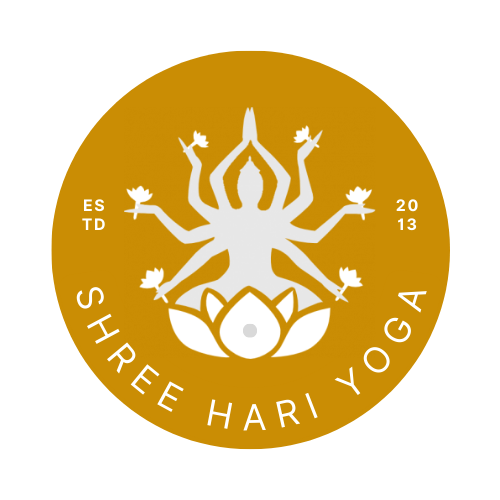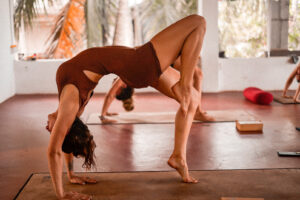Table of Contents
ToggleAcro Yoga: The Fusion of Yoga, Acrobatics, and Therapeutic Healing for Holistic Transformation
Origins and Essence
Conceived in the early 2000s by Jenny Klein and Jason Nemer, Acro Yoga sprang from their desire to cultivate a practice that celebrated partnership, trust, and shared experiences. Drawing inspiration from yoga philosophy, the exhilaration of acrobatics, and the nurturing touch of Thai massage, they envisioned a holistic discipline that would not only challenge the physical limits of practitioners but also foster emotional connections and healing. This unique blend of movement forms the foundation of Acro Yoga’s three essential pillars.
The Three Pillars of Acro Yoga: A Comprehensive Exploration
Acro Yoga isn’t just a physical practice; it’s a fusion of art, trust, and healing. Its foundation is built upon three interwoven pillars that create a harmonious tapestry of movement, connection, and transformation. Let’s dive into the intricacies of each pillar and understand how they contribute to the essence of Acro Yoga.
-
Solar Acrobatics: Harnessing Excitement and Trust
Imagine the thrill of lifting off the ground, defying gravity in a breathtaking display of strength and collaboration. This is the heart of solar acrobatics within Acro Yoga. At its core are two partners: the “base” and the “flyer.” The base, often positioned on the ground, provides the stability and foundation required to lift the flyer. Through a combination of strength, balance, and trust, the base supports the flyer’s weight, enabling them to explore a multitude of gravity-defying poses.
The interaction between the base and flyer is akin to a dance—a dance that requires more than just physical prowess. Effective communication, unwavering trust, and perfect synchronization are the threads that weave this partnership together. In the words of Jenny Klein, co-founder of Acro Yoga, “The magic happens when two people connect, trust each other, and are willing to explore new possibilities together.”
-
Lunar Therapeutics: Nurturing Restoration and Healing
As the sun sets and the day’s energy mellows, Acro Yoga transitions into its lunar aspect—embodying the qualities of relaxation, healing, and restoration. Drawing inspiration from Thai massage and restorative yoga, this pillar offers a profound contrast to the dynamic energy of solar acrobatics. Here, the roles of base and flyer evolve, transcending the roles of lifting and balancing to embrace a therapeutic exchange.
Lunar therapeutics invites practitioners to engage in gentle, supportive poses that encourage deep relaxation, flexibility, and the release of accumulated tension. The practice becomes a sanctuary where partners trade roles, each contributing to the well-being of the other. It’s not just about the physical stretches; it’s about the healing touch, the nurturing connection, and the profound sense of calm that envelops both partners. As Jason Nemer, co-founder of Acro Yoga, beautifully puts it, “In lunar practice, we’re giving each other a gift—a moment of pure release.”
-
Yogic Connection: Mindfulness, Breath, and Alignment
At the heart of Acro Yoga lies the yogic connection—a pillar deeply rooted in the wisdom of yoga philosophy. This element serves as the glue that binds the practice together, infusing it with mindfulness, breath awareness, and alignment. It’s the anchor that ensures each pose is executed with intention, balance, and self-awareness.
As practitioners engage in Acro Yoga, the yogic connection calls upon them to remain present in every moment. It encourages them to synchronize their breath with movement, fostering a deep sense of awareness and unity between mind and body. Through the yogic connection, Acro Yoga becomes a practice that extends beyond physicality—it becomes a journey of self-discovery, introspection, and the cultivation of inner stillness.
In the words of Jenny Klein, “The yogic connection is the thread that weaves the entire practice into a holistic experience. It reminds us that every movement, every breath, is a gateway to a deeper understanding of ourselves.”
The Rich Benefits of Acro Yoga
- Physical Mastery: Acro Yoga offers a platform for physical evolution. Through the roles of base, flyer, and spotter, practitioners cultivate strength, flexibility, and balance. Jason Nemer aptly summarizes, “Acro Yoga is where we sculpt not only our bodies but also our courage to push beyond limitations.”
- Trust and Communication: The practice is a dynamic playground for cultivating trust and effective communication. As partners rely on one another for support and execute poses with precision, they cultivate skills that ripple into their everyday lives. In the words of Jenny Klein, “The trust you build here extends beyond the mat and into your relationships.”
- Stress Relief and Healing: Lunar therapeutics and Thai massage bring a profound sense of stress relief and emotional healing to Acro Yoga. Through gentle stretches and nurturing touch, practitioners find a haven where, as Jason Nemer describes it, “Stress dissolves, leaving room for inner peace.”
- Community and Connection: Beyond individual growth, Acro Yoga fosters a vibrant community of shared aspirations and support. This tribe celebrates achievements, uplifts one another, and embodies a spirit of mutual encouragement. As Jenny Klein puts it, “We rise as a collective.”
- Mind-Body Integration: The seamless fusion of mindfulness and movement is at the heart of Acro Yoga. The practice encourages practitioners to stay present, breathe consciously, and honor the body’s alignment. This unity of mind and body creates a symphony of self-awareness and holistic well-being.
Guidance and Considerations
While Acro Yoga offers a plethora of benefits, it’s essential to approach the practice with caution, especially for newcomers. Seek guidance from experienced instructors to learn proper techniques and ensure safety. Start with foundational poses and gradually progress, paying attention to your body’s signals and limitations. Practicing with a spotter is strongly advised, and effective communication with your partner is crucial to prevent injuries and ensure a positive experience.
Conclusion
Acro Yoga stands as a testament to the transformative power of synergy between physical movement, emotional connection, and spiritual awareness. Through its fusion of yoga, acrobatics, and therapeutic healing, this practice invites individuals to transcend the limitations of their comfort zones, cultivate trust, and embark on a journey of holistic transformation. By embracing Acro Yoga, you open the door to a world where balance is found not only in intricate poses but also in the harmonious union of body, mind, and soul.
Prepare to embrace the transformative adventure of Acro Yoga with open arms, for it’s more than a practice—it’s a declaration of life’s vibrancy and your infinite potential. Through connection, balance, and the exhilaration of pushing your boundaries, Acro Yoga becomes a conduit for unleashing your most authentic, vibrant self—a self that’s yearning to soar to new heights.
Frequently Asked Questions about Acro Yoga
Do I need to have experience in yoga or acrobatics to try Acro Yoga?
No prior experience in yoga or acrobatics is necessary. Acro Yoga is accessible to beginners and experienced practitioners alike. Many classes offer variations and progressions, allowing participants to start at their comfort level and gradually advance as they build skills and confidence.
Is Acro Yoga safe?
When practiced with proper technique, guidance, and communication, Acro Yoga is generally safe. It’s crucial to learn from experienced instructors who emphasize safety measures and proper alignment. Having a spotter during practice can also add an extra layer of security, especially when attempting more challenging poses.
Can anyone do Acro Yoga, regardless of age or fitness level?
Yes, Acro Yoga can be adapted to suit different ages and fitness levels. It’s essential to listen to your body and progress at your own pace. Some poses may require greater strength or flexibility, but instructors often provide modifications to accommodate participants with varying abilities.
What should I wear to an Acro Yoga class?
Wear comfortable, fitted clothing that allows freedom of movement. Avoid overly loose clothing that could get tangled during poses. For your safety and comfort, remove jewelry and accessories before practicing.
Is Acro Yoga only for couples or partners?
No, Acro Yoga is not limited to couples or partners. Practitioners often rotate partners during classes and workshops, fostering a sense of community and shared learning. While practicing with a friend or partner can be enjoyable, it’s not a requirement to participate in Acro Yoga.






